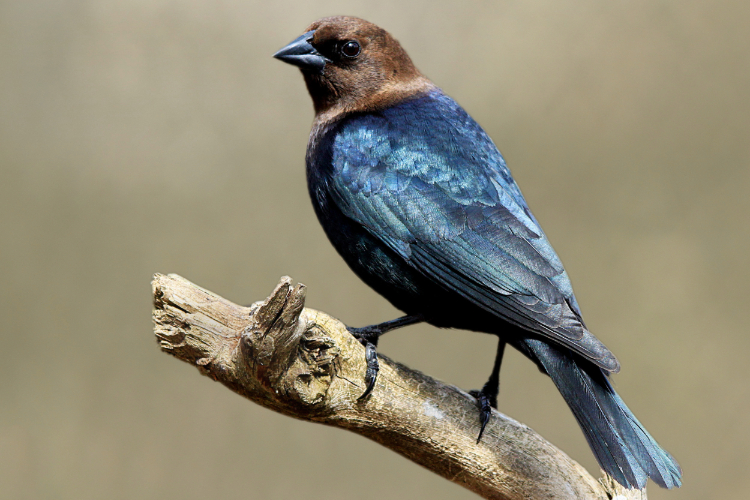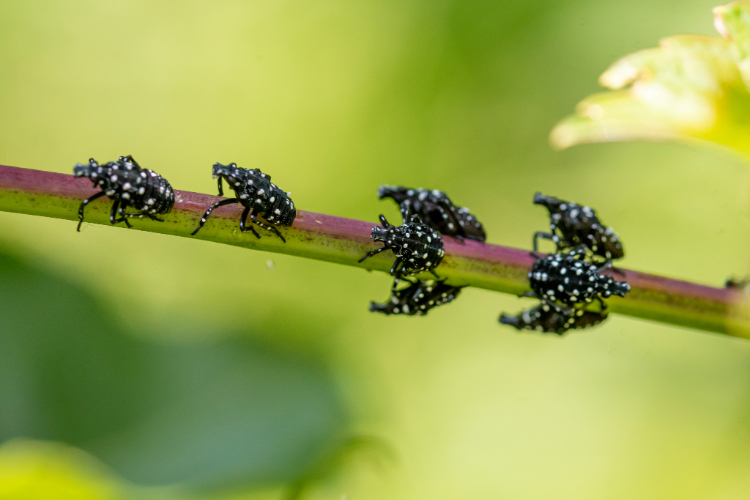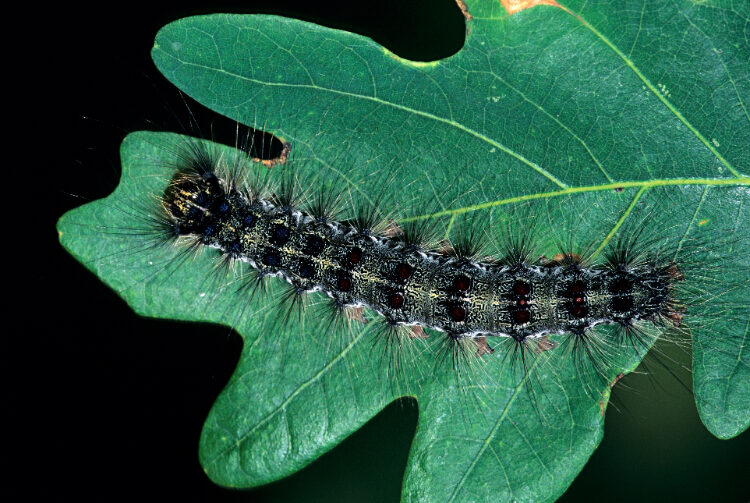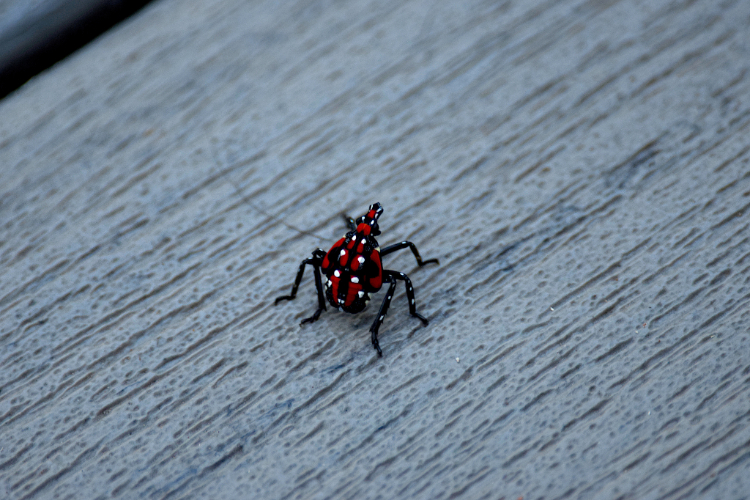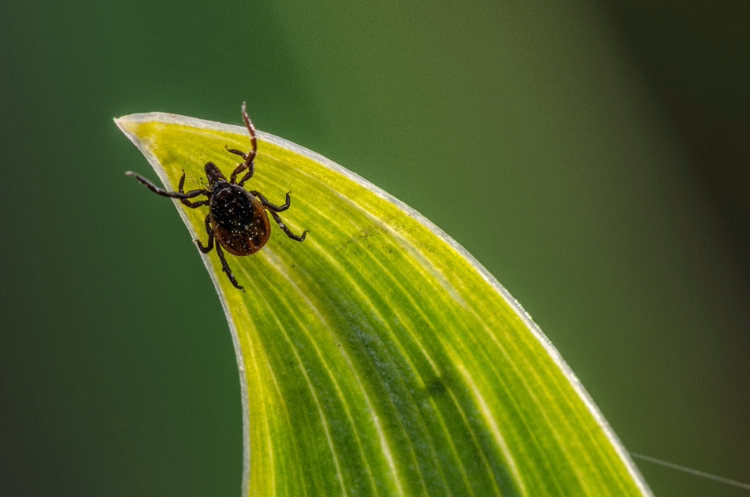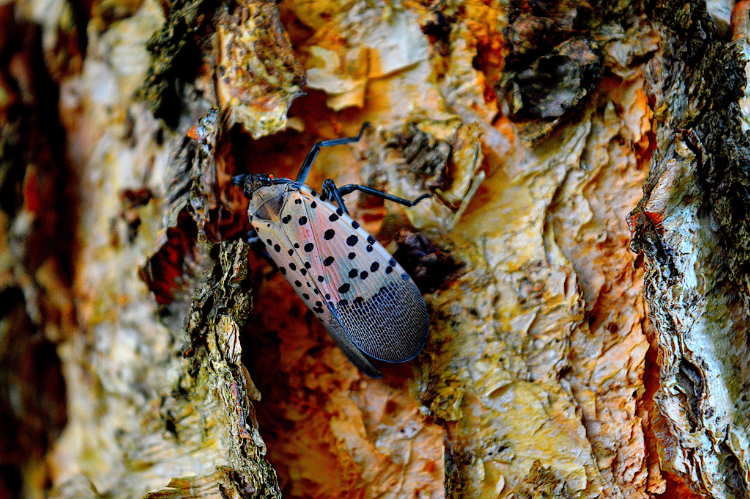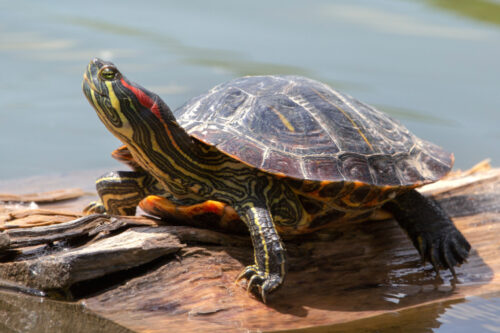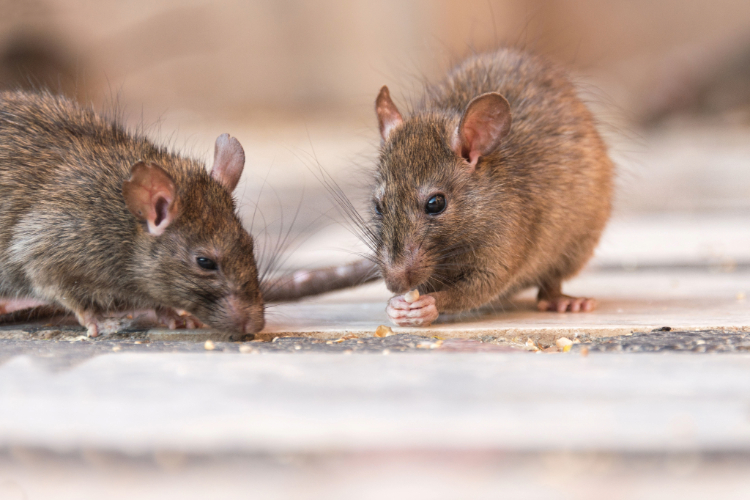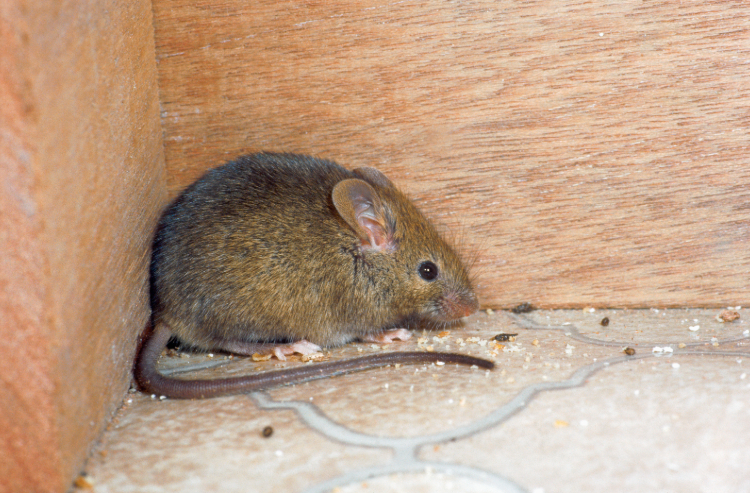Invasive Animals and Pests
What is an invasive animal or pests species?
Invasive animal and pest species are wildlife (invertebrates, fish, amphibians, reptiles, and mammals), either aquatic or terrestrial, that are:
- Non-native to the ecosystem under consideration and
- Whose introduction causes or is likely to cause economic or environmental harm or harm to human health” (NJSMPIS 2009).
Through aggressive reproduction, environmental endurance, and lack of predators, these species can outcompete native wildlife for food, habitat and other needed resources. In the worst case, they can even cause the extinction of local native species.
Non-native wildlife species have been introduced to our state both directly (e.g., stocking, release, biocontrol) and accidentally (e.g., hitchhiking in shipping material and other goods, escape from captivity). In some instances, invasions have occurred through range expansion (species expand their natural range when obstacles are removed or other opportunities arise). However, not all non-natives become invasive or cause harm. Many of these non-native animals are well established in New Jersey, some of which are now common. The ones that do cause harm and spread beyond control are considered “invasive”.
Pests vs. Invasives: What is the difference?
The few non-native species that become “invasive” have a profound negative impact on the communities where they become established. They essentially push out, kill, or change the ecosystem severely, making it uninhabitable to the original species. The term “pest” is a special designation given to species (often invertebrates but can include plants and animals) that applies mainly to human interests.
Pests are species that “pose a threat to health, environmental, economic, or aesthetic resources” (USDA Integrated Pest Management). These can sometimes be native species. However, an animal that is a pest in one environment may not be one in others. Some invasives may not necessarily become “pests” since they may not directly affect human activities or livelihoods. This is not to say that they do not exert other stressors that create impacts to native species or natural communities. For our purposes, we refer to “pests” here as non-native, invasive species that negatively impact an ecosystem and often human interests or economic resources.
Common and Prevalent Invasive Animals and Pests
Invasive species can be assigned categories based on how abundant they are or if they may be of concern to us in the future. Invasives species that are common and prevalent are considered to be “widespread”. Those that have few populations in the state but are expected to increase are “emerging” invasives. Those not yet reported in New Jersey but found in adjacent states are placed on a “watchlist”. Current information on invasive species (plants and wildlife) is collected and maintained by The New Jersey Invasive Species Strike Team (FoHVOS – NJISST); list is available here: NJISST 2023 – IS Animals & Pests.
Some of the most familiar and widespread invasive animals and pests are listed below. Although not an exhaustive list, these species represent those most commonly encountered and with known impacts.
Invertebrates
For more information see the NJ Fish and Wildlife Invasive Invertebrates page.
Fish
For more information please visit the NJ Fish and Wildlife Aquatic Invasive Species page and the DEP Bureau of Freshwater and Biological Monitoring Invasive Fish page.
Carp
C. idella | H. molitrix | H. nobolis
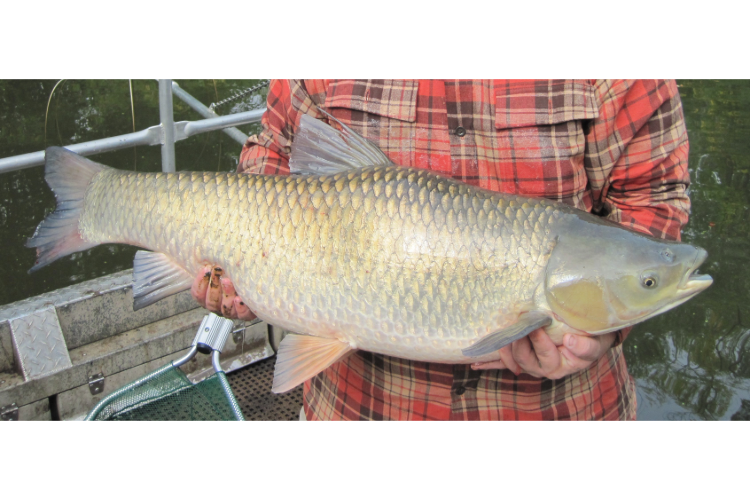
Photo credit: DEP-F&W
Flathead Catfish
Pylodictis olivaris
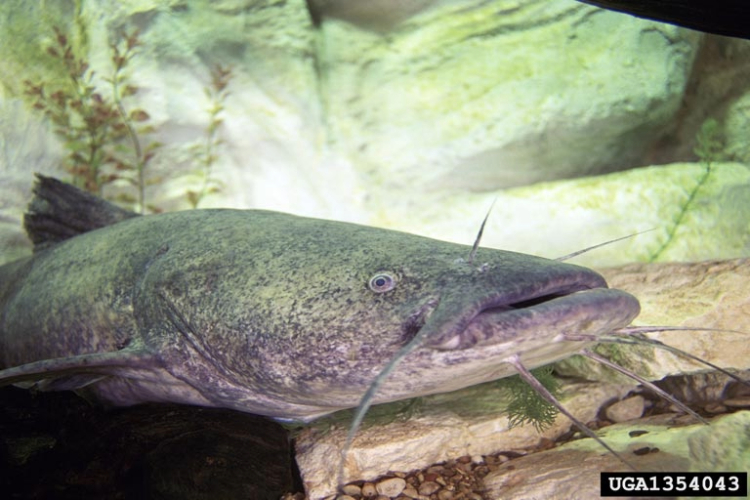
Northern Snakehead
Channa spp.
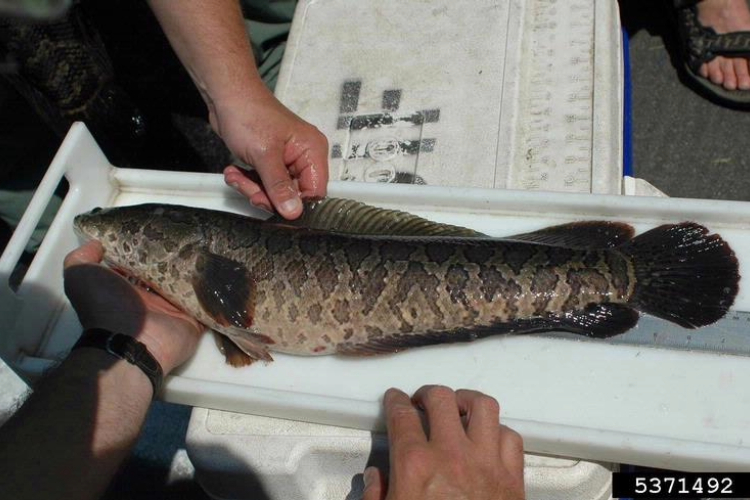
Birds
European Starling
Sturnus vulgaris
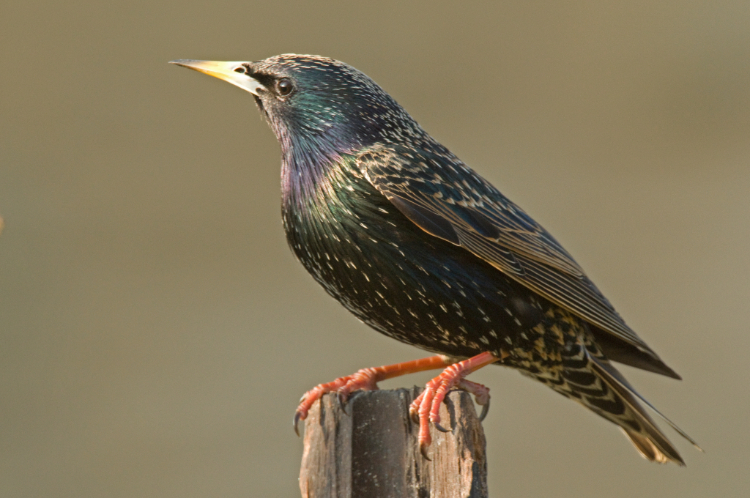
House Sparrow
Passer domesticus
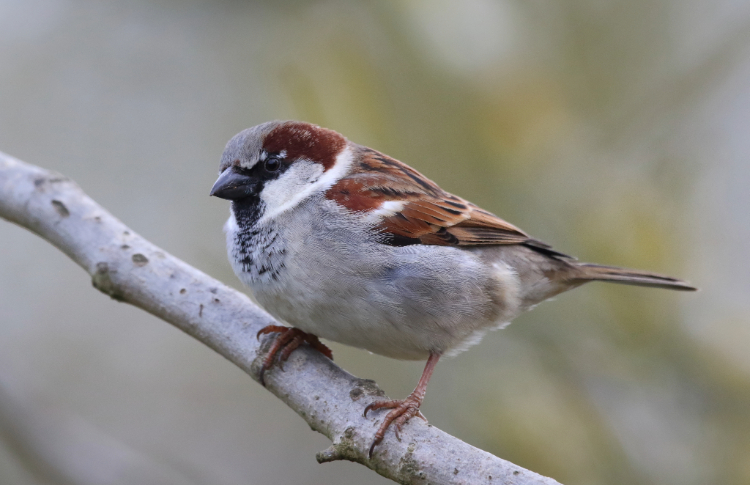
Brown-headed Cowbird
Molothrus ater
